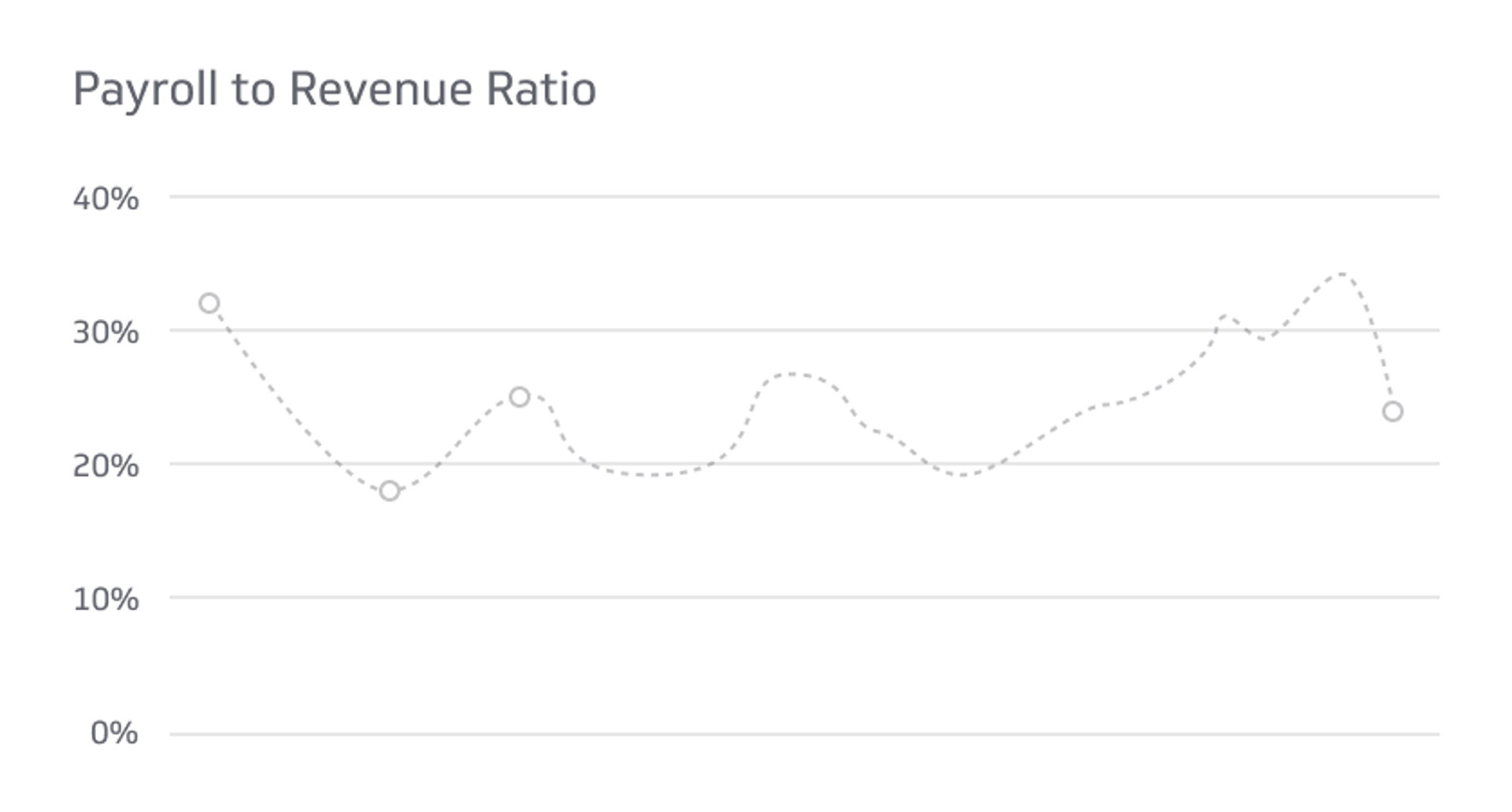
These costs are fixed and must be incurred to support business operations. Revenue expenditure, on the other hand, is expenditure incurred for the day-to-day running of an organisation. This includes factors such as the cost of premises, wages, power and lighting, and others, including maintenance.
How can I track my expense to revenue ratio?

This ratio aids in making informed decisions, identifying cost-saving opportunities, and comparing financial performance with industry peers. Expense ratio in mutual funds is a term used in finance that refers to the percentage of a mutual fund’s assets that are used to cover the fund’s operating expenses. It includes fees such as management fees, administrative fees, and other costs incurred in running the fund. The TER in mutual funds is a useful metric to compare the costs of different funds. One of the most important expense ratios for any business is the net profit margin. This ratio measures how much of the revenue generated by the business is retained as profit after deducting all the expenses.
What Are the Main Income Statement Ratios?
- So if Company X reports a 35% profit margin, that means its net income was 35 cents for every dollar generated.
- You simply pick the features that you’re looking for, and the screener narrows the field to the top picks.
- You can see the figures for both mutual funds and ETFs in the chart below.
- They use a robust POS system to manage inventory and reduce shrinkage.
The expense ratio is measured as a percent of your investment in the fund. That means you’ll pay $30 per year for every $10,000 you have invested in that fund. When someone discusses how expensive a fund is, they’re referring to the expense ratio. From a financial perspective, a high inventory turnover ratio indicates that a company is effectively managing its inventory and quickly converting it into sales. On the other hand, a low ratio may suggest issues such as overstocking, slow sales, or inadequate demand forecasting.
To Ensure One Vote Per Person, Please Include the Following Info
Hence, CRR ensures your company generates more revenue than it allocates to its operations. Direct costs are those incurred in acquiring materials to produce the final goods or services. They are necessary, so they qualify to be covered by operating expenses.
This allows for a more accurate assessment of whether a particular expense ratio is competitive and suitable for the investor’s financial goals. A comprehensive understanding of expense ratios is crucial for making informed investment decisions. By considering the impact of expense ratios on investment performance, investors can better evaluate and compare different investment options. Investors can minimize expense ratios by selecting low-cost investment vehicles, such as low-cost index funds, mutual funds, or ETFs with competitive expense ratios within their respective categories. For long-term investors, it is crucial to consider expense ratios when evaluating investment options.
Understanding the Operating Ratio
For example, a company has bought a property to rent out to other smaller companies. This ratio is more useful in the real estate industry; let’s look at OER from that perspective. Why does lead generation hold immense significance for your IT company? Different customer segments or usage levels are charged varying rates in this scenario.
Playing annual rent at ₹120,000, the company uses ten thousand US dollars for office and factory rent monthly. This is a direct cost for production workers and an indirect cost to the administrative guide to filing taxes as head of household staff. Catch up on Select’s in-depth coverage of personal finance, tech and tools, wellness and more, and follow us on Facebook, Instagram and Twitter to stay up to date.
Lower expense ratios can lead to higher returns over time, which can make a substantial difference in the growth of an investment portfolio. Expense ratios are crucial in making informed investment decisions, as they can significantly impact the overall performance of an investment. A lower expense ratio generally means that more of an investor’s money is being put to work, potentially leading to higher returns over time. With diligent monitoring, benchmark comparisons, and a focus on lean yet strategic operations, companies can leverage the operating expense ratio to maximize productivity and profitability.
Simply put, this ratio tells an investor how much he needs to invest in a company in order to receive one dollar of that company’s earnings. Plugging in the values – The next step is to put the values in their respective places, divide the operating expense by the revenue to get the ratio. For example, manufacturing businesses focus on cost per unit produced. On the other hand, software-as-a-service (SaaS) companies emphasize customer acquisition costs and lifetime value. When combined with CRR, this metric offers a more comprehensive view of how various sales-related expenditures impact profitability. Expenses are used to obtain or enhance primary necessities required for the business to operate in the long run.
Whether you’re a financial professional or an investor, analyzing financial statement information is crucial. But there are so many different numbers that it can seem cumbersome and very intimidating to wade through it all. But if you know what some of the more important figures on these statements are—like financial ratios—you’ll probably be on the right track. As you already know – the most critical endeavor in life is to cease digging when you find yourself in a pit. This wisdom equally applies to managing the CRR – sometimes, it involves minimizing expenses but always centers on maximizing value. When you aim to generate business leads, you need to eliminate uncertainties in your profit calculations.
